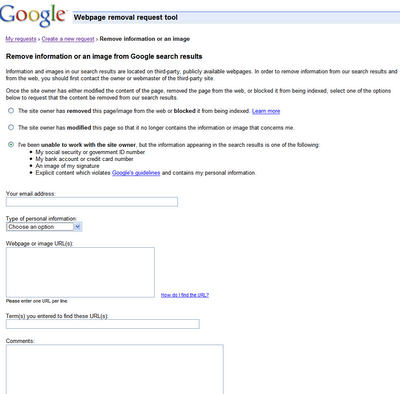

I’m not going to shove Vim down anyone’s throat, but I strongly suggest learning it as you continue your journey in programming, data science, or whatnot. However, I can testify that Vim has improved my coding efficiency and overall experience in the long run (I’ll explain why in the following sections). Many wrongfully deem it a “ waste of time” to pick up Vim. You’re essentially learning a different way to edit code, let alone text.
#Computer science word vs word vim how to
It can be installed in Emas with M-x package-install RET evil-surround.Learning how to use Vim is kinda intimidating. The usage is the same as in the original Vim plugin. There exists a port of the surround.vim plugin to Emacs’s Evil mode as an Emacs package called evil-surround.

For parentheses, use ), ], }, this inserts left and right parentheses appropriately.

For example, * surrounds the specified text with * (so the entire command might be ysiw*).Now you have to enter the character with which to surround the specified text. As soon as the above specification has been typed, the cursor disappears from the text, and the Vim command line prompts for an input.For example, ys3aw specifies three words, starting with the word under the cursor. To specify multiple words, use ysXaw, where X is the number of words to surround.More useful is ysiw, which specifies the entire word under the cursor, no matter whether the cursor is at the beginning of the word or in the middle of it.For example, ysw specifies the text from the current cursor position to the end of the word under the cursor.ys must be followed by a specification of the piece of text to surround (relative to the current cursor position).The command prefix to add surroundings is ys.First of all, the commands of surround.vim are relative to the cursor position, thus, on must first move the cursor onto the piece of text to surround.It allows to surround a piece of text with a single command. The surround.vim plugin targets exactly this use case. This is very tedious to do manually, as it involves moving the cursor to the beginning of the text to surround, inserting the character(s), moving the cursor to the end of the text to surround, and inserting the same character(s) again. For example, to put something in quotes ( yes to "yes"), make it italic in Markdown ( italics to *italics*) or bold ( bold to **bold**). Often one wants to surround one or more words in an existing text with a certain character.


 0 kommentar(er)
0 kommentar(er)
